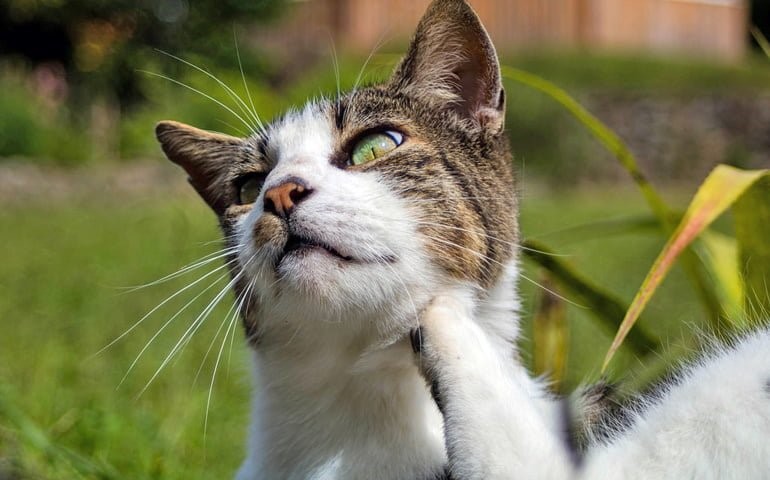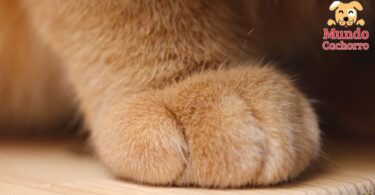Indice
Pruritus, which is the medical term for itching of the skin, is a disease that affects a large number of animal species, varying in causes and effective treatments.
The warning level for the appearance of this disease can be mild, something with a quick treatment and that does not leave any sequelae to the animal, or become a critical threat to the animal’s health; with notorious sequelae and extensive treatments.
When it comes to pruritus in cats, detecting it and determining that it has developed is a somewhat complicated task for people, especially if they do not go to the veterinarian in time. To get a better idea of some of the causes in felines, extremely hardy animals adapted to many harsh environments, it is important to take a look at the 3 things that cause your cat to itch.
Ticks, fleas and other insects
Dogs’ archenemies, fleas and ticks, are a more common problem than you might think in the lives of felines. Because of their habits, it is difficult to find traces of fleas on the fur of cats, who tend to eliminate all evidence of their presence in their grooming routine.
However, the bite of fleas and ticks, more specifically their saliva, can cause strong skin allergies in the kitty, something that occurs mainly in cats with flea allergy dermatitis (FAD). Apart from them, other external parasites such as mites are involved in many cases of pruritus in cats.
In addition to this, stings from bees, wasps, spiders, among other animals with venom or potentially harmful agents, can initiate severe itching in feline skin, a circumstance that can be aggravated if not treated promptly.
Feline acne
Feline acne, also called chin or cat acne, and in its more advanced stage as furunculosis, is another cause of itching in cats, and one of the most annoying, irritating and painful.
Feline acne usually occurs on the cat’s chin, and if it develops it goes through a stage of becoming blackheads, then red bumps, followed by pimples, until it reaches its final stage: abscesses that rupture, create scabs and allow access to bacteria and parasites, which is called furunculosis.
The most severe cases present hair loss, inflammation and fluid drainage from the ducts, in addition to many cats creating other serious wounds by desperately scratching in search of relief.
Fungal infections
The best known infection of this type is ringworm, which happens to be the most common contagious skin infection in cats. Ringworm is also called dermatophytosis, and affects hair, skin and nails. It is characterized by small, round, hairless skin wounds, usually appearing on the head, ears and tail.
Another of its characteristics is that some of the wounds caused by ringworm have a scaly appearance in its center and small accesses.
Image courtesy of (soyungato.com), all rights reserved.








